Report: CMAS World Underwater Photography Championship
Competition Day 2
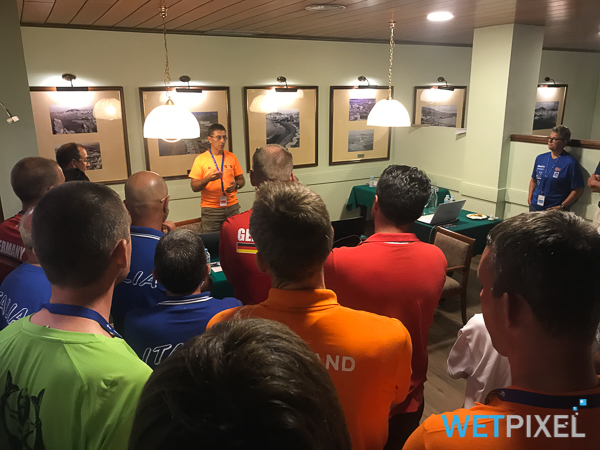
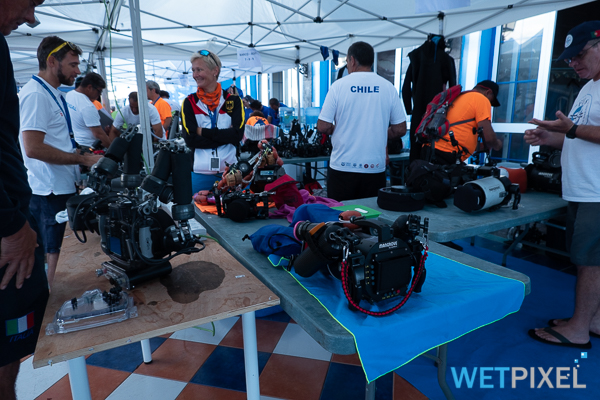
The team from CMAS/FEDAS, and the contestants have now settled in, and the procedures for capturing securing the memory cards and sealing the housings is now a well-oiled machine.
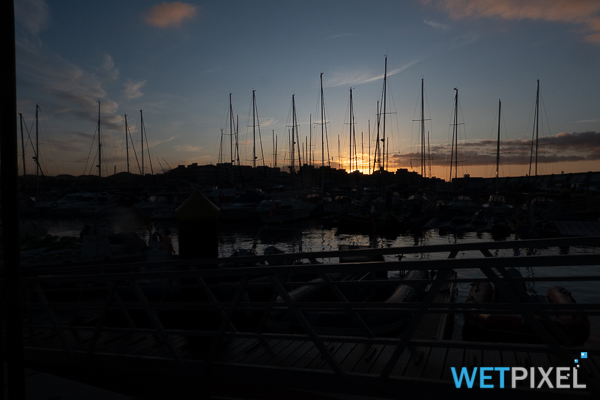
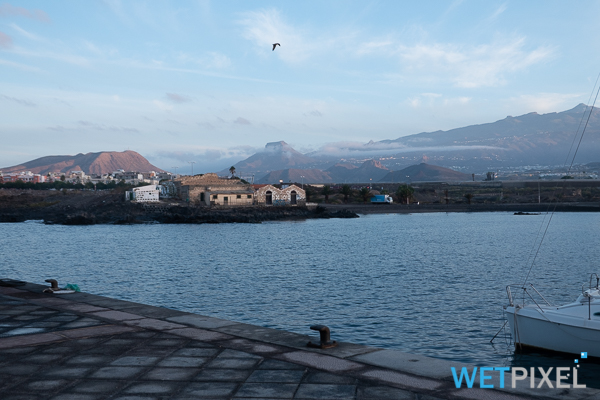
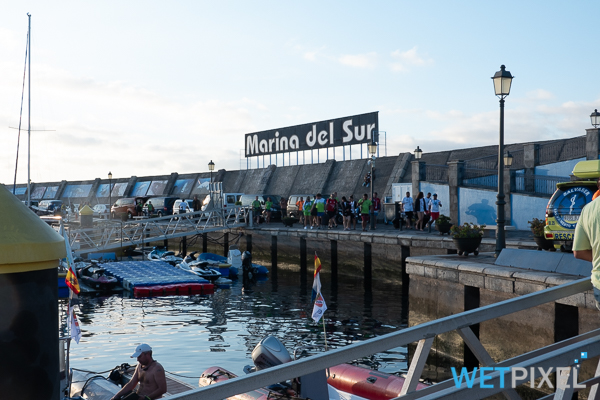
Alongside the still image (photography) competition is the World Underwater Video Championship. 10 countries are competing for the World Champion title. The goal is to create a short film between 2 and 4 minutes long, using footage captured during the dives. The rules are slightly different; however, in that contestants can use voiceovers, music, and animations that they have previously recorded and up to 20% of the footage can be shot above the surface.
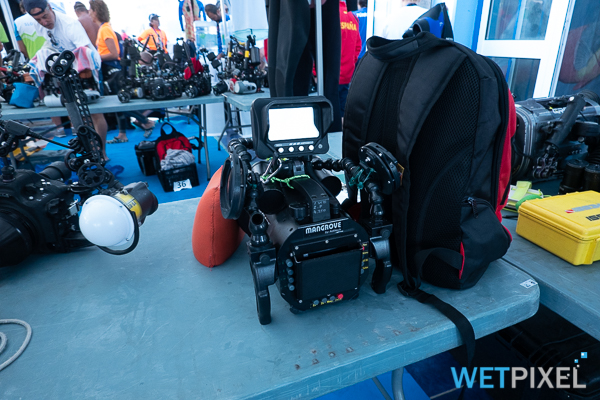
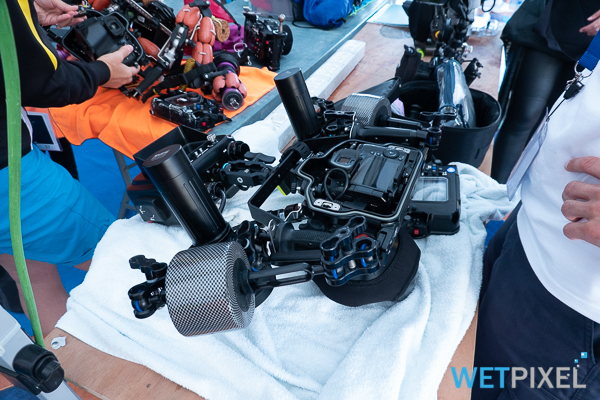
In terms of the footage shot during the dives, the videographers follow the same procedures as their still compatriots, with memory cards being formatted and retained by CMAS officials and inserted into housings that are then immediately sealed.
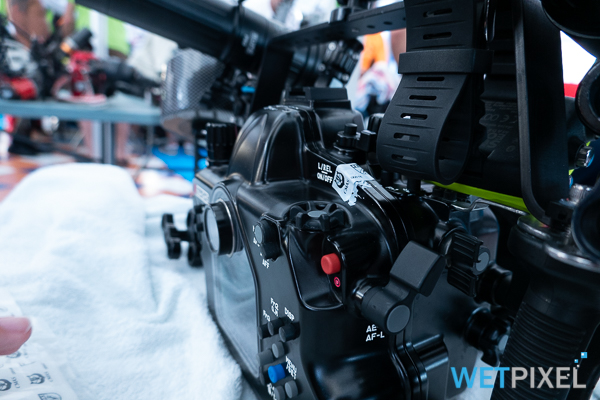
Again they need to shoot a CMAS official at the start of the day and the end of the day, and they also have 4 90-minute dives over the 2 competition days to capture the required footage.
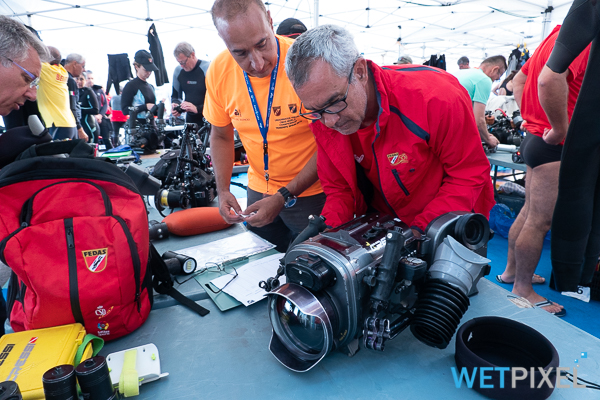
Also, the filmmakers have a total of 8 hours of editing time in a secure room.
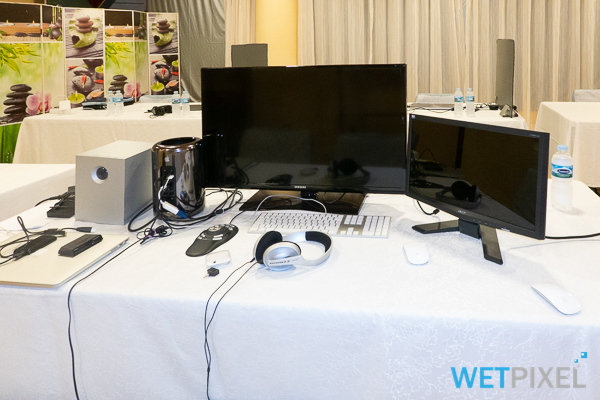
They must place their editing stations in the room early on the training day, and they remain there until their films are submitted.
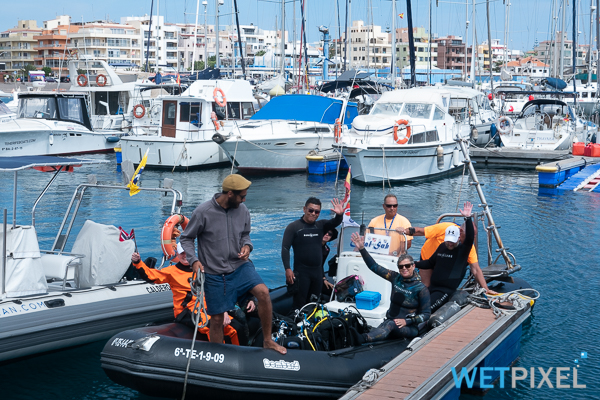
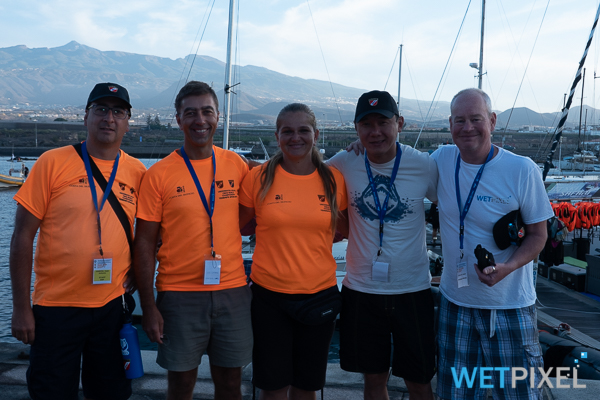
Returning to the day, there was an incident regarding one of the teams. CMAS requires that cylinders are filled to 200 bar, and all the teams had been getting fills at this pressure for the preceding day’s dives, as well as on the morning in question. One of the video team members reported that his cylinders were only filled to 190 bar, so a CMAS official went off to investigate and due to a misunderstanding thought that it was the country’s photographic team. When the official went to check the cylinders, they all had 260 bar in them.
Disregarding any potential safety concerns (they were 232 bar cylinders), this meant that the team potentially had an advantage over the other contestants with their 200 bar fills. Hence many of the other teams saw this as being unfair. \
It could be argued that the team was not directly responsible for the fills, but equally, when they discovered the discrepancies, they did not report them to the organizers.

It was decided to let the teams continue while the judges discussed the best course of action.
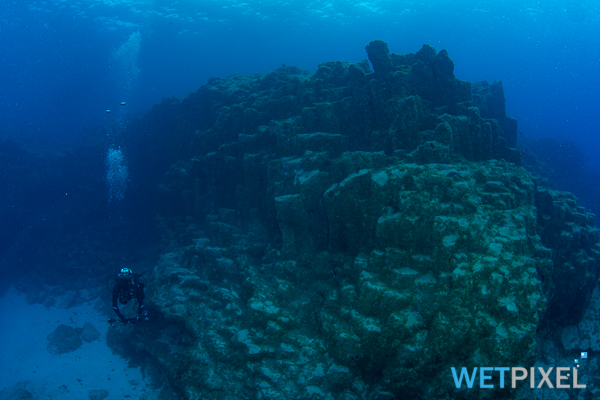
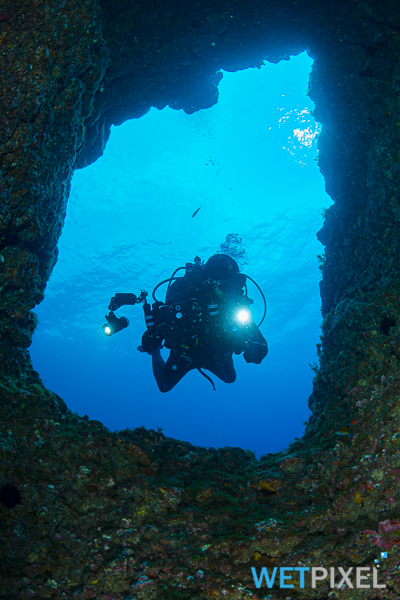
So all the teams set out for their allotted dives as planned. Once they had departed, Kay Burn Lim and I set out for a dive. We dived a site called El Faro, which has impressive volcanic basalt column and flutings, along with a couple of swim-throughs.
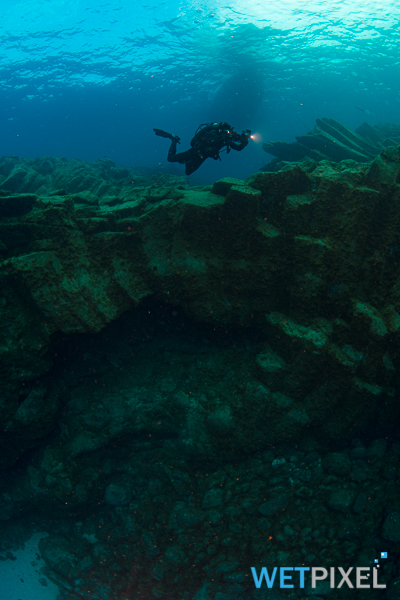

The scenery was almost like something from a movie set. Kay remarked that it was like a set on Game of Thrones.


The teams all set out for their final dives, before going through the unsealing of their housings and handing in of memory cards to the judges.

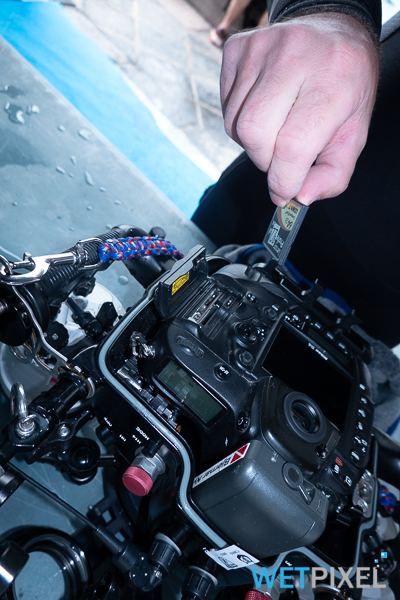
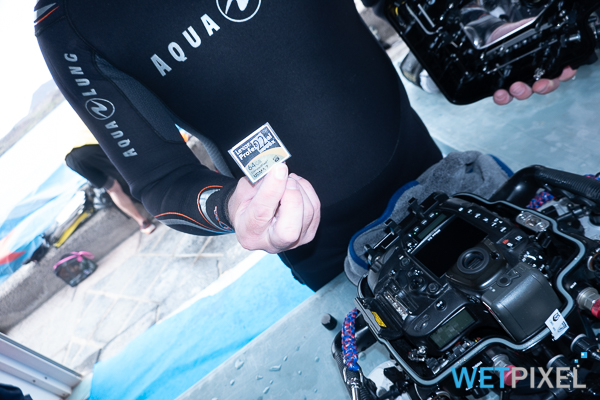
These were the collated and downloaded by the judges:
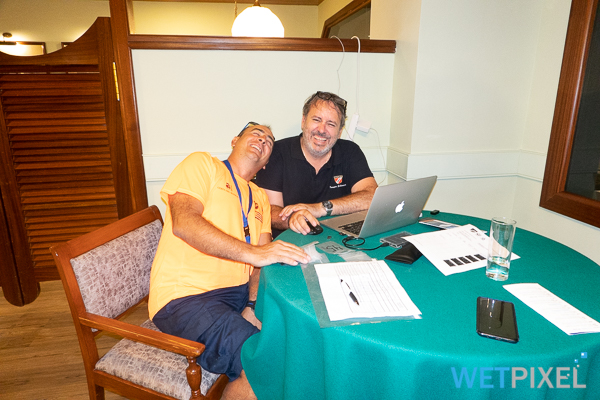
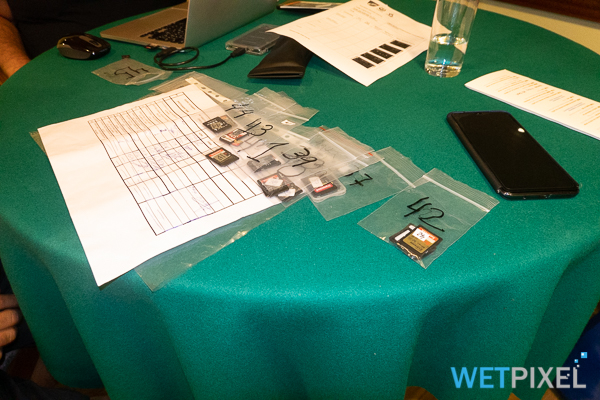
The plans were for individuals to then come and view their downloaded images and to make selections that will then go on to the judging panel for judging.
However, the organizers needed to resolve the issues arising from the Spanish teams’ cylinder fill discrepancy mentioned above. By this stage, other teams had placed formal complaints about the subject too. They involved the Spanish team captain in their deliberations, but the process was protracted, and things got very held up.
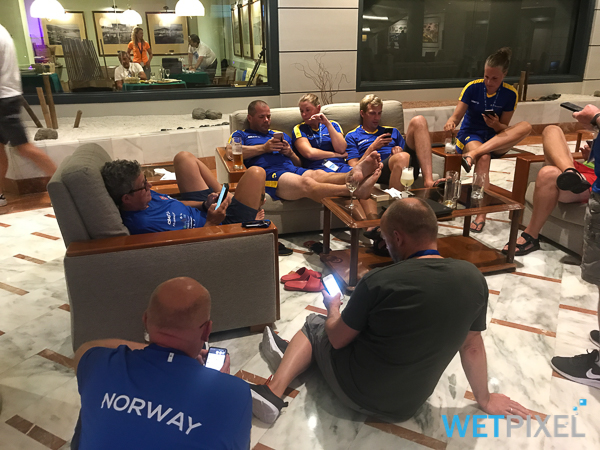
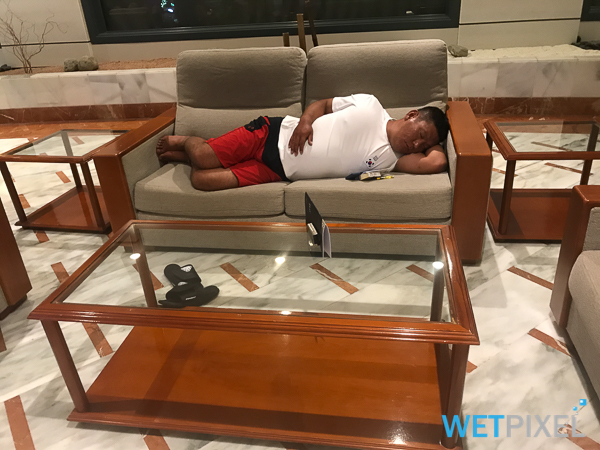
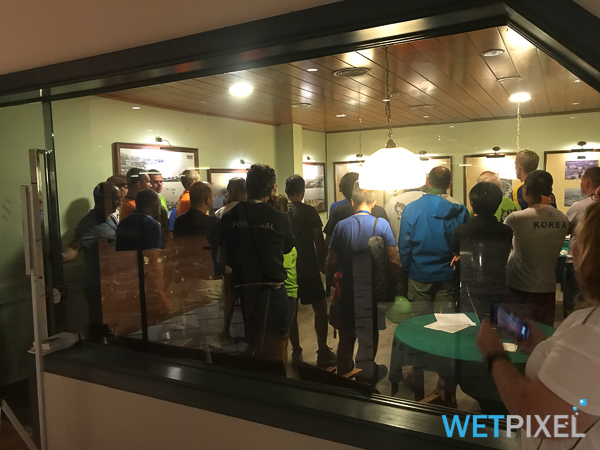
At just after 1 am, Rui Guerra, the contest’s technical director made their announcement that the decision had been made to disqualify the team. This was only the photographic team, the Spanish video team was not involved in this process, and their tanks were filled to the correct amount.
Once this hurdle was overcome, the process of image selection commenced. As head of the judging panel, Kay, Rui, and other FEDAS/CMAS staff viewed all the entire still ensure that they were within the rules. This included crop sizes etc. This went on through the night until around 11 am the next day when the images were sent into the online judging panel. The photo contest was judged by Kay Burn Lim, Michael Aw, Magnus Lundgren, Danny Van Belle, Victor Lyasgushkin, and Nicholas Samaras while the video contest was judged by Lee Burghard, Alex Del Olmo, Jeff Goodman, Julie Ouimet, and Kay Burn Lim again. One of the photo judges was unable to score due to a last-minute time commitment, so Adam Hanlon was drafted in to act as a judge. The images were all anonymized and randomized, so there was no chance of any personal relationships influencing the results. The panel was also kept secret until the judging was complete so that no one could exert any influence.

So there was a fair amount of drama on the final competition day! The way it was handled by the organizers seems very appropriate and reflected an exact application of the rules. Inevitably, the decision to disqualify a team will result in a fair amount of speculation and discussion, but this shock all be tempered by (what certainly seems in retrospect) a poor decision not to report the air fill issue when it was noticed by the team. If they had done so, there would be no problem.
The final day of the contest involves the opportunity to view all the entries, a p presentation ceremony, and a gala dinner. The contestants can relax now….their images are submitted, and their fortunes are in the hands of the judging panel.
- Day 1: Registration and competitors’ parade
- Day 2: Practice Day
- Day 3: Competition Day 1
- Day 4: Competition Day 2
- Day 5: Final day and Awards Ceremony
- Day 5: The Winners